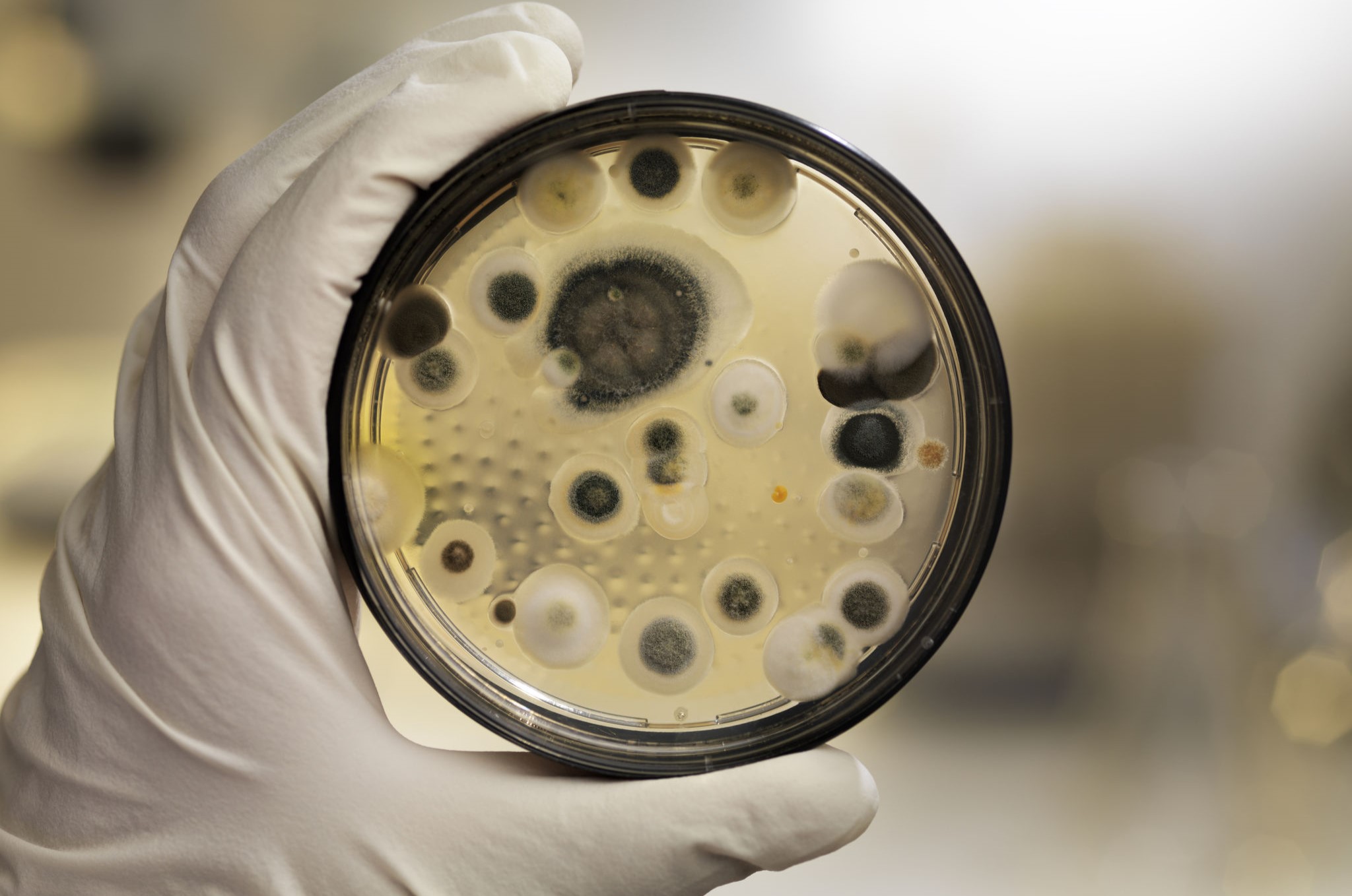
Granuloma Inguinale, also known as Donovanosis, is a rare but serious bacterial infection that affects the genital area. Caused by the bacterium Klebsiella granulomatis, it can lead to painful ulcers and tissue damage if left untreated. Testing for this condition is crucial for early diagnosis and effective treatment. But what exactly does the testing process involve? Understanding the steps and methods used can help alleviate concerns and ensure timely medical intervention. From microscopic examination to polymerase chain reaction (PCR) tests, various techniques are employed to identify the presence of this infection. Let's delve into the essential facts about Granuloma Inguinale testing to better understand how it works and why it's important.
What is Granuloma Inguinale (Donovanosis)?
Granuloma Inguinale, also known as Donovanosis, is a rare sexually transmitted infection caused by the bacterium Klebsiella granulomatis. It primarily affects the genital and perineal regions, leading to ulcerative lesions. Understanding the testing process for this condition is crucial for early diagnosis and treatment.
Symptoms of Granuloma Inguinale
Recognizing the symptoms is the first step toward getting tested. Here are some key symptoms to watch for:
- Ulcerative Lesions: The most common symptom is the appearance of painless, beefy-red ulcers on the genital or perineal area. These lesions can bleed easily when touched.
- Swelling and Inflammation: Affected areas may become swollen and inflamed, leading to discomfort and potential secondary infections.
- Spread to Other Areas: If left untreated, the infection can spread to other parts of the body, including the groin and lower abdomen.
Importance of Early Testing
Early testing for Granuloma Inguinale is vital for effective treatment and preventing complications. Here are some reasons why early testing matters:
- Preventing Spread: Early detection helps prevent the spread of the infection to sexual partners and other parts of the body.
- Effective Treatment: Timely diagnosis allows for prompt treatment, which can prevent severe complications and long-term damage.
- Reducing Stigma: Early testing and treatment can reduce the stigma associated with sexually transmitted infections by promoting awareness and understanding.
Diagnostic Methods for Granuloma Inguinale
Several diagnostic methods are used to confirm a case of Granuloma Inguinale. Here are the most common ones:
- Microscopic Examination: A sample from the ulcer is stained and examined under a microscope to identify the presence of Klebsiella granulomatis bacteria.
- Polymerase Chain Reaction (PCR): PCR tests can detect the genetic material of the bacteria, providing a highly accurate diagnosis.
- Culture Tests: Although less common, culture tests can grow the bacteria from a sample, confirming the infection.
Treatment Options
Once diagnosed, Granuloma Inguinale can be treated effectively with antibiotics. Here are some treatment options:
- Antibiotic Therapy: The most common treatment involves antibiotics such as doxycycline, azithromycin, or ciprofloxacin. Treatment usually lasts for at least three weeks or until the lesions have completely healed.
Understanding these facts about Granuloma Inguinale testing can help individuals seek timely medical attention and prevent the spread of this rare but serious infection.
Final Thoughts on Granuloma Inguinale Testing
Understanding granuloma inguinale testing is crucial for early diagnosis and treatment. This rare sexually transmitted infection, caused by the bacterium Klebsiella granulomatis, can lead to severe complications if left untreated. Testing typically involves tissue samples and microscopic examination to identify the characteristic Donovan bodies. Early detection allows for effective antibiotic treatment, preventing further spread and complications.
Awareness and education about this condition are vital, especially in regions where it is more prevalent. Healthcare providers should remain vigilant and consider granuloma inguinale in differential diagnoses of genital ulcers. Prompt testing and treatment can significantly improve patient outcomes and reduce transmission rates.
Stay informed, practice safe sex, and seek medical advice if you notice any unusual symptoms. Early intervention is key to managing and controlling granuloma inguinale.
Was this page helpful?
Our commitment to delivering trustworthy and engaging content is at the heart of what we do. Each fact on our site is contributed by real users like you, bringing a wealth of diverse insights and information. To ensure the highest standards of accuracy and reliability, our dedicated editors meticulously review each submission. This process guarantees that the facts we share are not only fascinating but also credible. Trust in our commitment to quality and authenticity as you explore and learn with us.


